Designing for an energy-efficient workplace: top 5 implementations
In today’s environmentally conscious landscape, designing an energy-efficient workplace isn’t just about reducing costs—it’s also about reducing carbon footprint. From simple changes to innovative solutions, here are the top five energy-efficient implementations for any workplace.
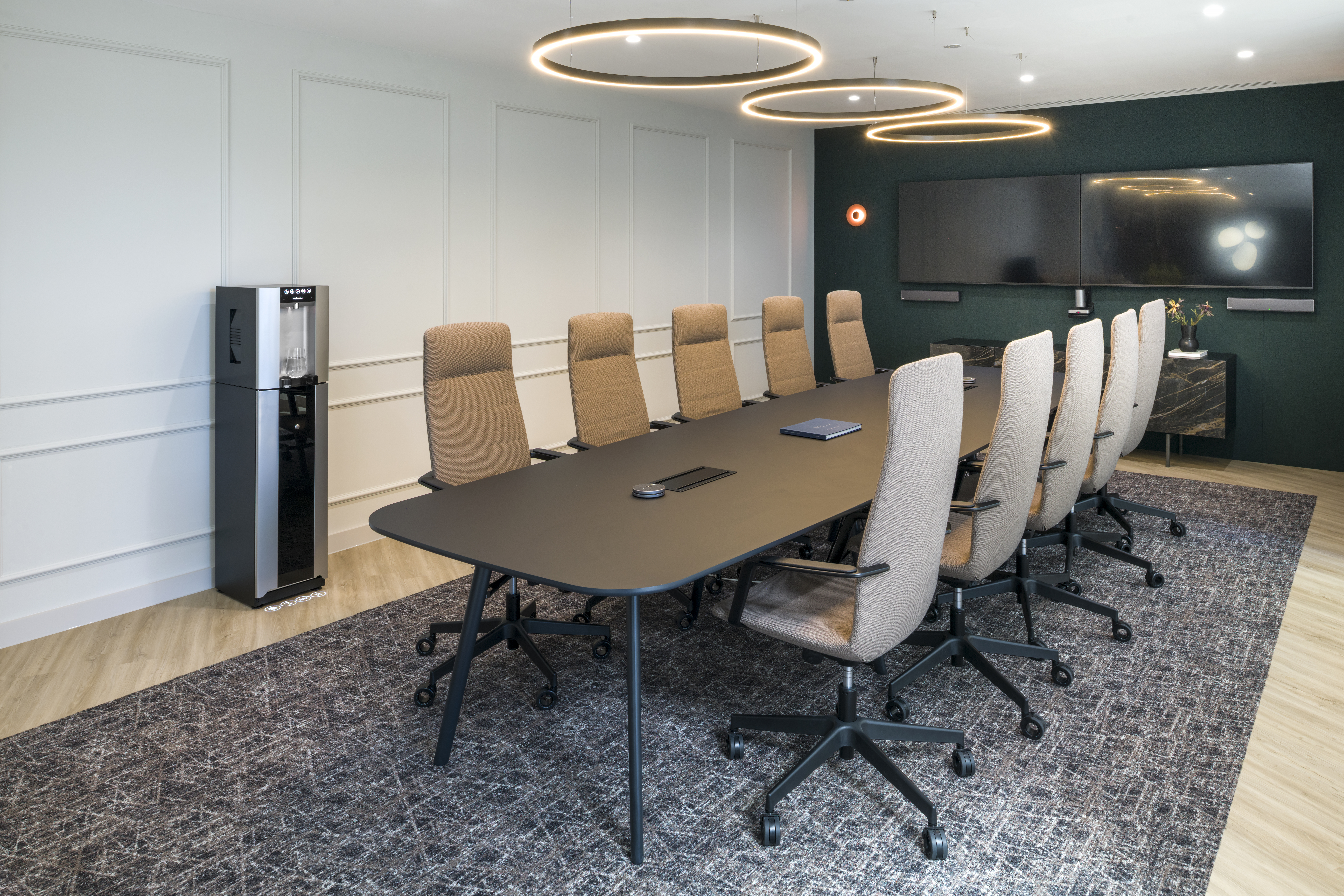
One – point-of-use water dispenser: Traditional water coolers consume substantial energy to continuously heat or cool water.
Opting for point-of-use water dispensers, which directly connect to the building’s water supply, eliminates the need for energy-intensive cooling or heating mechanisms.
These dispensers provide instant access to filtered water at ambient temperature, reducing energy consumption and promoting sustainability. At Borg & Overström we have a range of integrated drinking water dispensers, offering energy efficiency through mains water connectivity as well as our EcoMode which sends our products into standby mode during prolonged darkness or inactivity, ensuring there is no unnecessarily chilling of water overnight, or when no one is around to enjoy it.
Better for the environment, better for your energy costs.
Thanks to the Borg & Overström T3 tap, you can enjoy instant hot water for tea or coffee, eliminating the need to fill and boil the kettle. This saves energy and time, making it the more convenient option
Two – energy-efficient appliances: Upgrading office appliances to appliances with energy saving technologies or energy-efficient systems can significantly reduce electricity consumption.
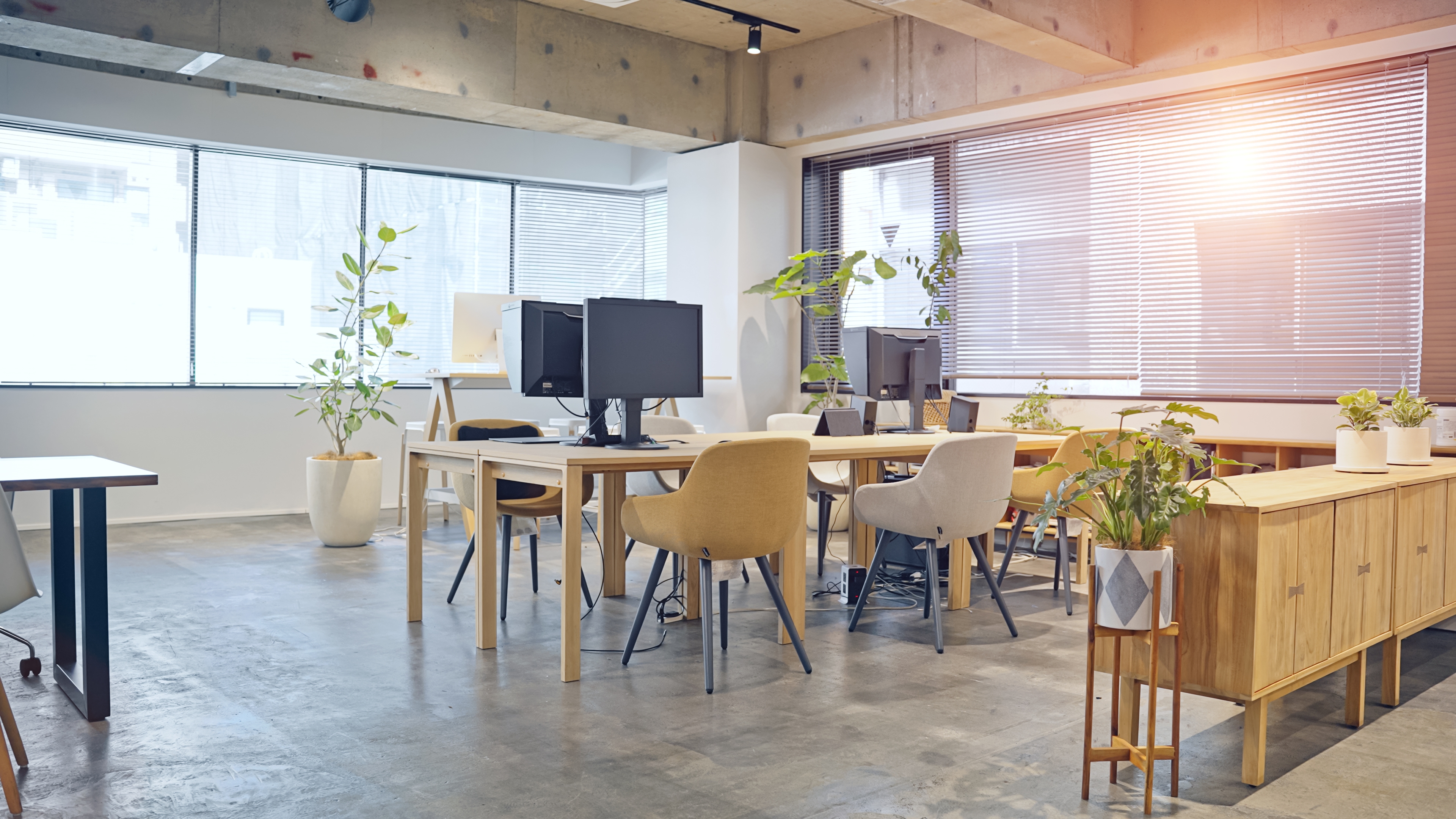
Energy-efficient computers, printers, copiers, and kitchen appliances consume less power during operation, contributing to long-term energy savings.
Three – smart thermostat control: Installing programmable or smart thermostats allows precise control over heating, ventilation, and air conditioning (HVAC) systems. These thermostats can be programmed to adjust temperatures based on occupancy schedules, ensuring comfortable working conditions while minimising energy waste during off-hours.
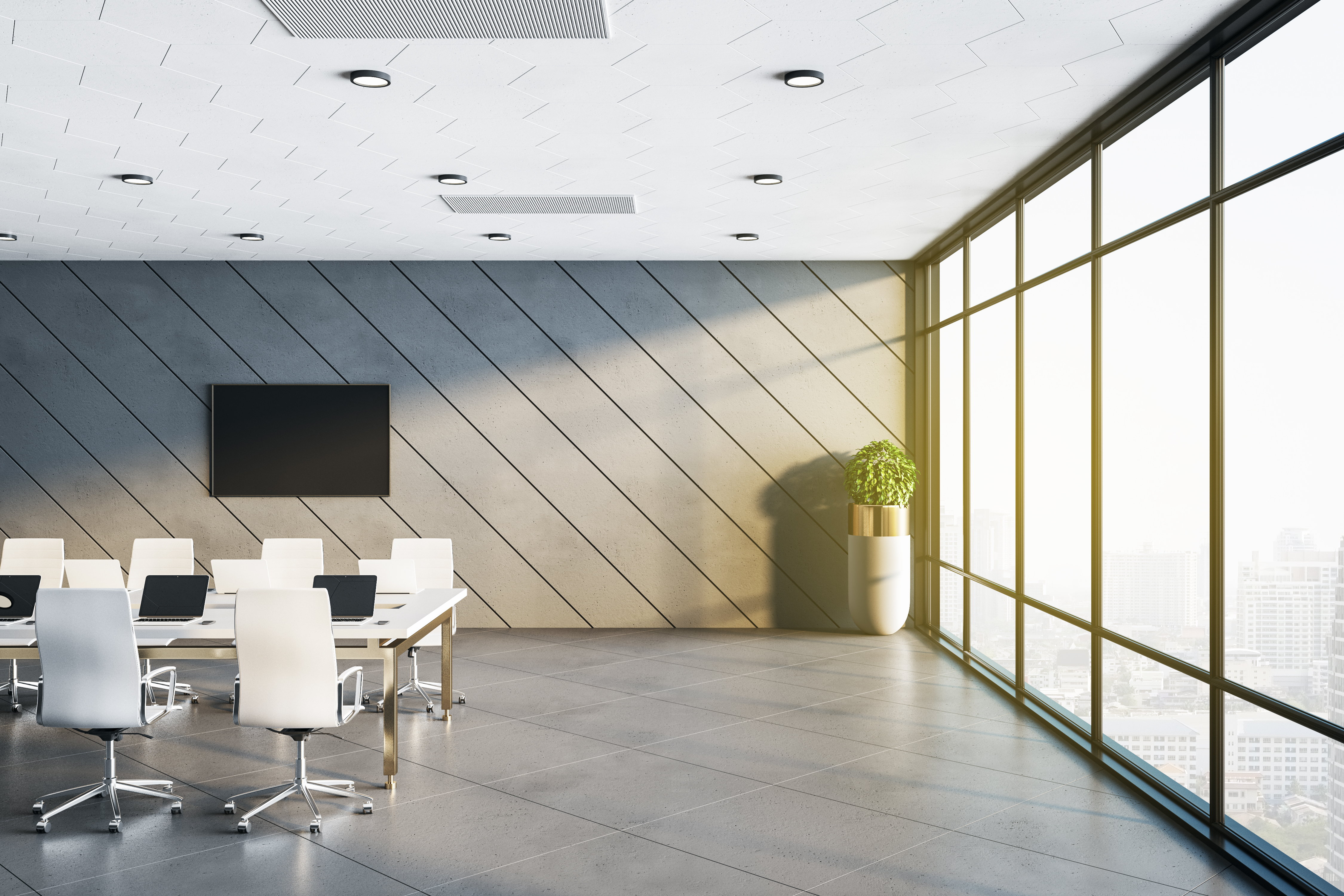
Four – improved insulation and sealing: Considering which materials are used with proper insulation and sealing of windows, doors, and ductwork prevent heat loss in winter and heat gain in summer, reducing the workload on HVAC systems.
Investing in energy-efficient windows, doors, and insulation materials can lead to significant energy savings over time.
Five – LED lighting systems: Switching to LED lighting is one of the simplest and most effective ways to cut down energy consumption. LED bulbs are more energy-efficient and last longer than traditional incandescent or fluorescent lights. Installing motion sensors or automated lighting systems can further optimise energy usage by ensuring lights are only on when needed.
By implementing these energy-efficient solutions, workplaces can not only reduce operational costs but also contribute to a more sustainable future. From efficient lighting to smart HVAC controls and point of use drinking water dispensers, every step towards energy efficiency brings us closer to a greener, more sustainable workplace environment.
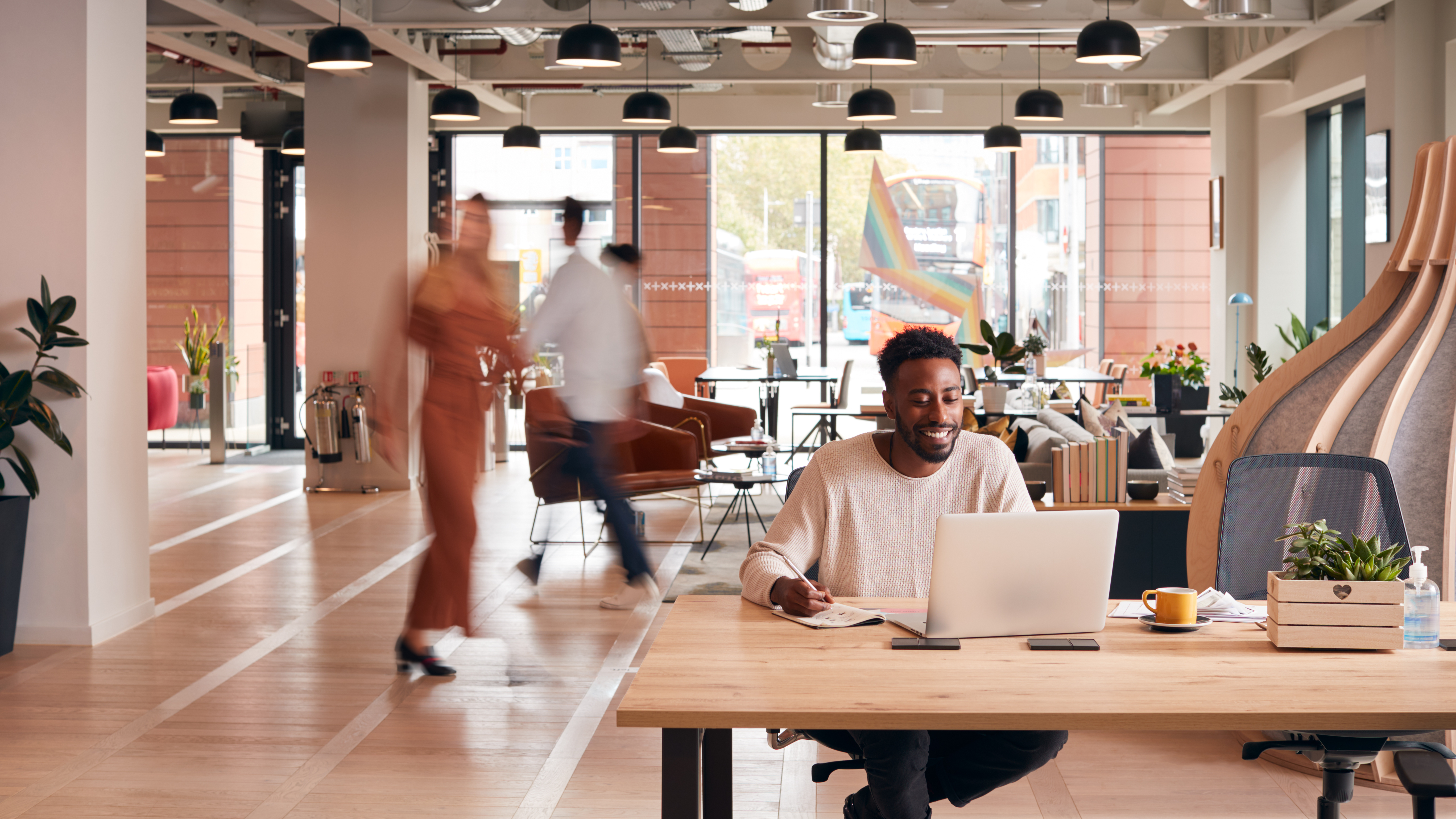
- Designing for an energy-efficient workplace: top 5 implementations
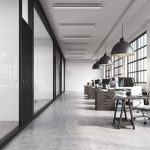
- Supporting water stewardship, one drinking water dispenser at a time
- The sparkling evolution: Growing trend of carbonated water
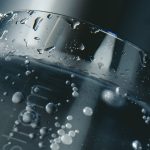
- A Walkthrough of the E6 Chilled Only
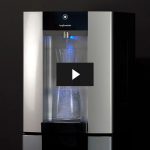
- Choosing a design focused manufacturer
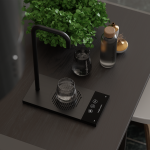
- Exploring refillable water systems

